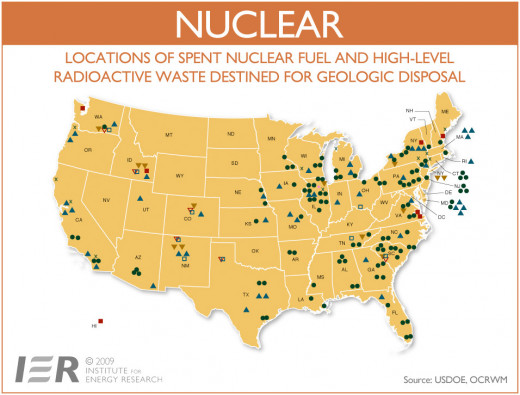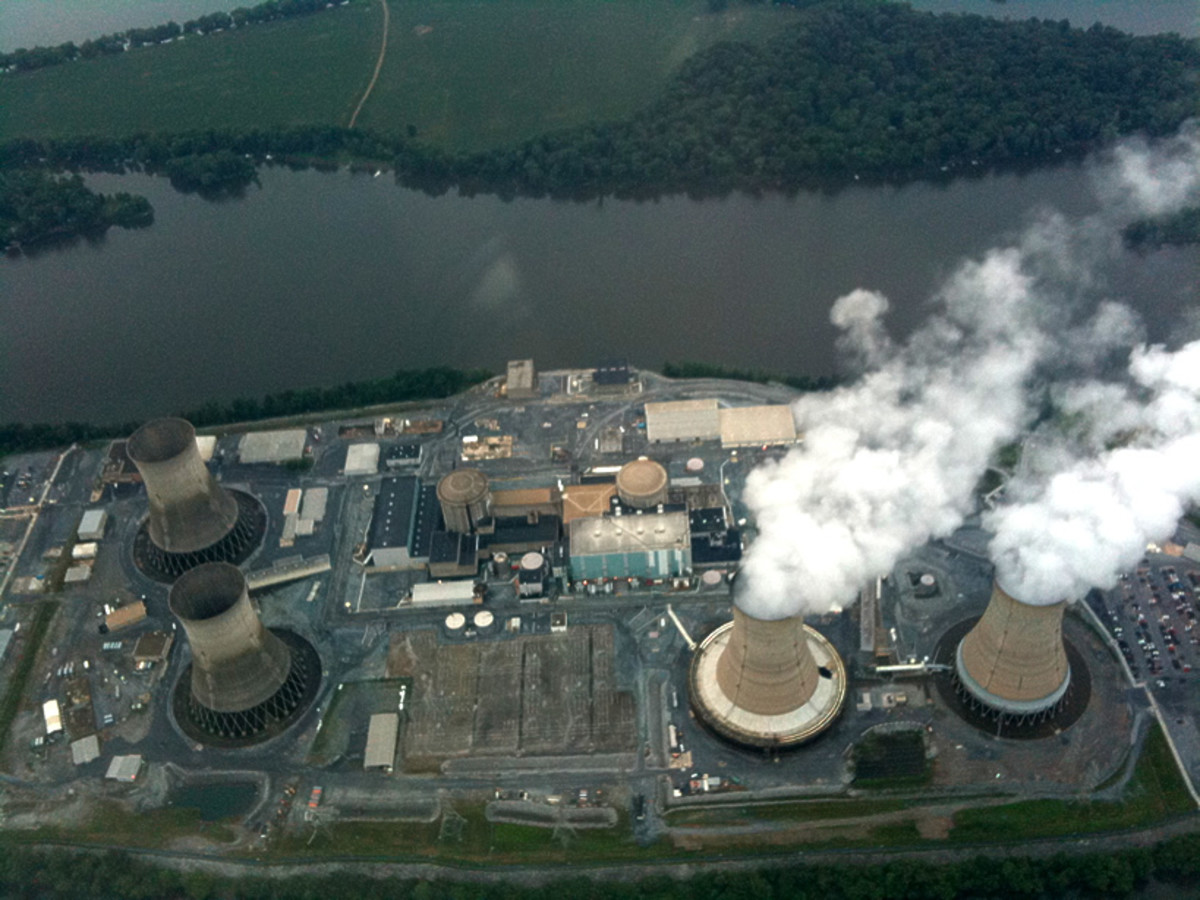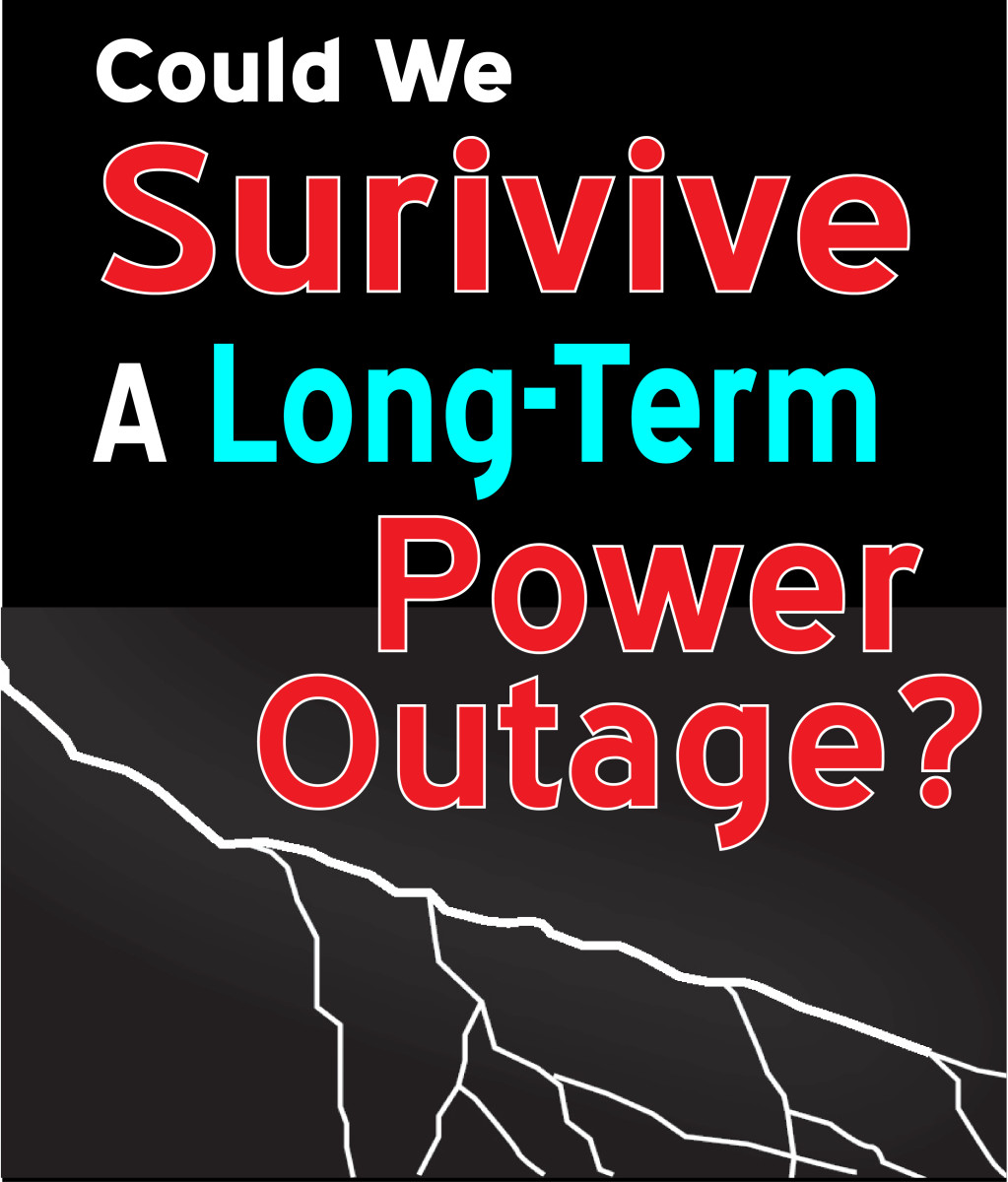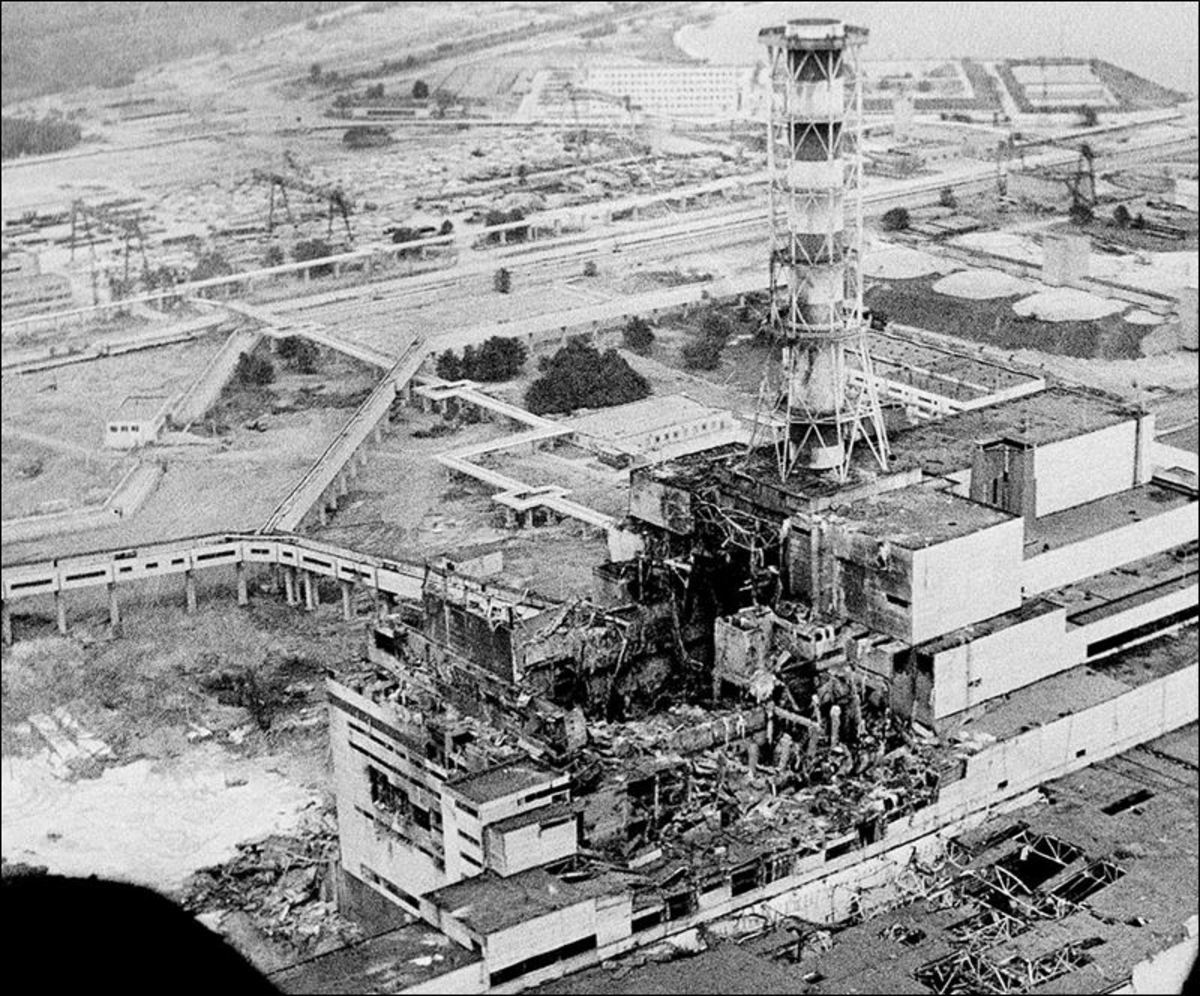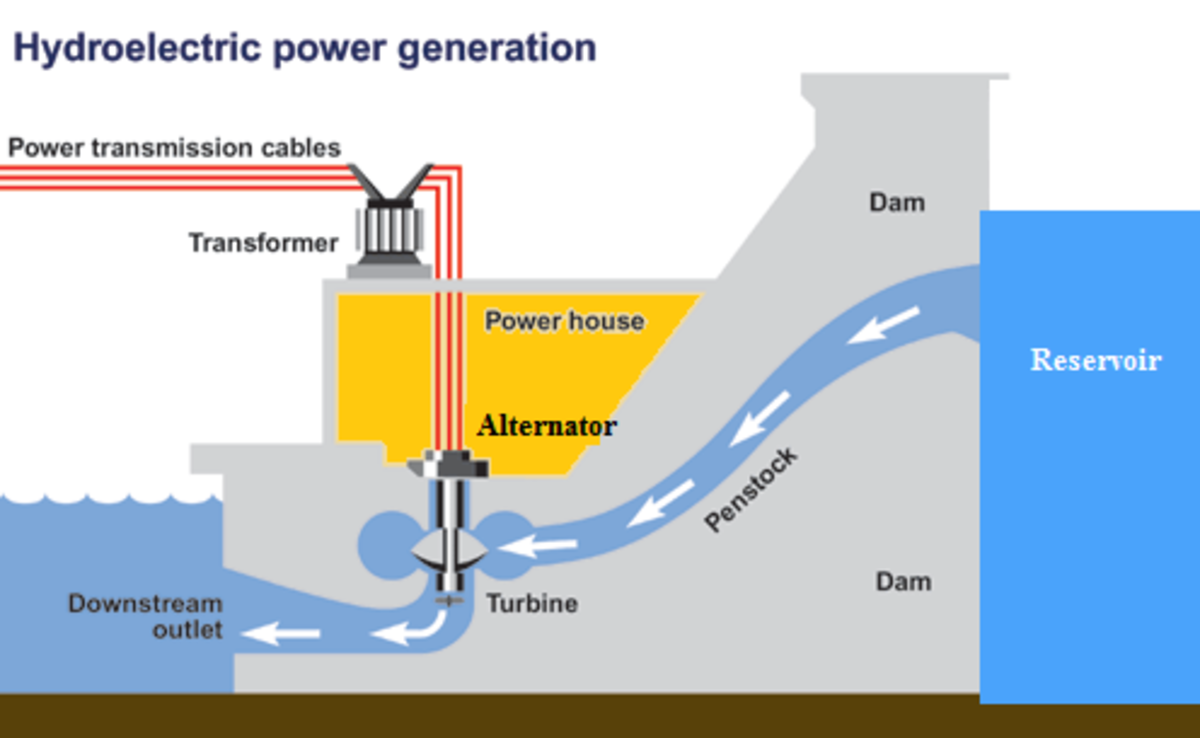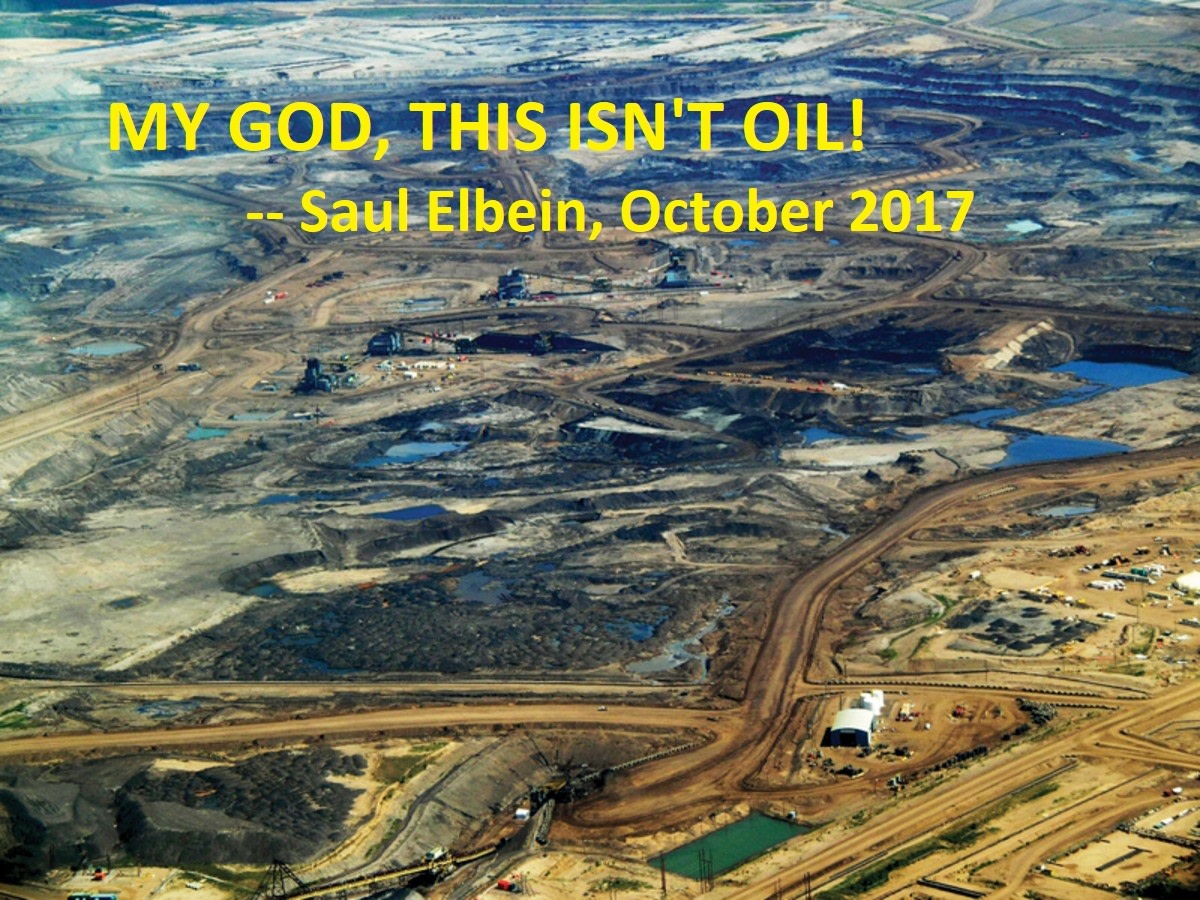Nuclear power plants, the ticking bomb
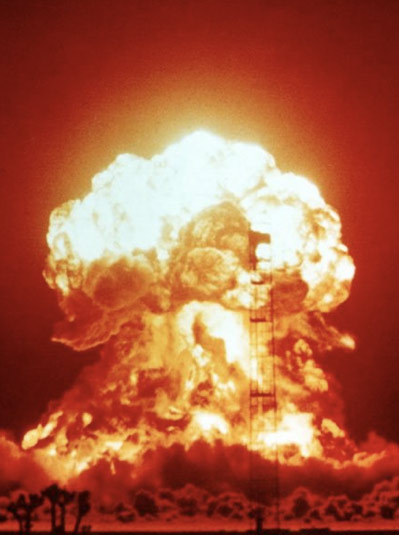
Entering the climatic and pollution conferences in Durban and Tokyo, vigilant people would be in their right to call into question the purpose of such gathering. The ice is still melting (the only preoccupying ice is the continental one), natural methane is still bubbling up at the surface of the permafrost (Russia), the warming up of the temperatures is still following its tranquil exponential curb (the inundations in Australia, in Thailand are a faithful photography of the earth current state). To add among the harmful man made catastrophes, after the disastrous Three Mile Island, Chernobyl, Fukushima experiences, as if it was not enough, a radioactive incident shattered the European platform.
Few weeks ago, European air sensors detected an unwanted amount of iodine 131 (same isotope as in Fukushima) in the atmosphere. Here we go again. The incident related in few newspapers did not make the headline? Why? Probably, because of a growing segment of the population considering to step out from the dangerous energy that wiped out Chernobyl and Fukushima for at least 30 years.
Germany at the top of the list of the green energy movement in Europe decided to be a precursor in eradicating any potential danger attached to nuclear power plants by 2020. Who would have bet on this possibility? Could their move reflect, forecast a gloomy future for the nuclear? Or is it a thoughtful reaction to secret insights?
The rumors were reinforced when Hungarian authorities accepted the blame. A laboratory producing medical, research and industrial isotopes was designated as the culprit. The amount of radioactivity diffused from the laboratory should have been minimal and safe but not to the point of contaminating a part of Europe (from Hungary, to Sweden until France) was the director of the institute's reply. On the other side, the International Atomic Energy Agency, that dispatched a local investigation, passed under silence the few data that leaked from their analysis. Whatever the results, the authorities still remain uncertain as for the reasons and the motivations of the presence of uncontained radioactive compounds in the area.
Most of the nuclear plants date from the sixties in the U.S. and did not adapt to the evolution of technology, of the demand. With today's awareness the public demands electricity but not at the cost of their health or life. New energies are available to exploit. What happened in Japan could have happened everywhere else in the world. The tsunami only triggered its weakness i.e. its extreme vulnerability to external and extraordinary events or forces. Nobody is protected in an eventual leak or explosion of the reactor. From that point on, there's no turning back in the self-destructive process of the plant. The internal mechanism is so interdependent that should one element be perturbed and the rest will fall. Fukushima also revealed the inefficiency of the so-called experts facing challenges.
Nuclear has the advantage of being, when submitted to catastrophes, volatile, odorless, invisible. In sum, a real nightmare to spot without modern detectors. What does it imply? How often did a nuclear incident go unnoticed? Who would take responsibility to jeopardize one's economy by announcing a nuclear leak? To see one's export revenues go up in flames? To have to pay for costly damages? Tepco's bill reached already $15 billion! Recently, the Nebraska nuclear power plant got flooded and given that the spent fuel cooling pool lays in the inferior floor (> to 40 feet deep), what does guarantee us that contaminated water did not mix with the water from the Missouri river? Companies always alleviate the seriousness of a disaster.
It is when the authorities summon people not to worry that we should start. Do you remember that they insisted upon the improbability that the emission of the isotopes 131 and 137 could travel until the U.S. coast! How couldn't they since aerial and maritime currents end up on the U.S. west coast?
Is it worthy to be part of the cumulation of figures on thyroid cancers, leukaemia, diseases impacting respiratory, digestive, blood vascular, musculo-skeletal and cutaneous, urogenital and reproductive systems... The total Chernobyl death toll could reach another 140,000. The last 15 years, 60,000 people died in Russia. Statistics predict 270,000 cancers with 100,000 fatal. It is the legacy of that "clean" energy.
We now know that a million people died from Tchernobyl, that Japan is covering up a greater danger and, only for what, to enrich uranium in order to manufacture nuclear bombs? Is it worth it?
